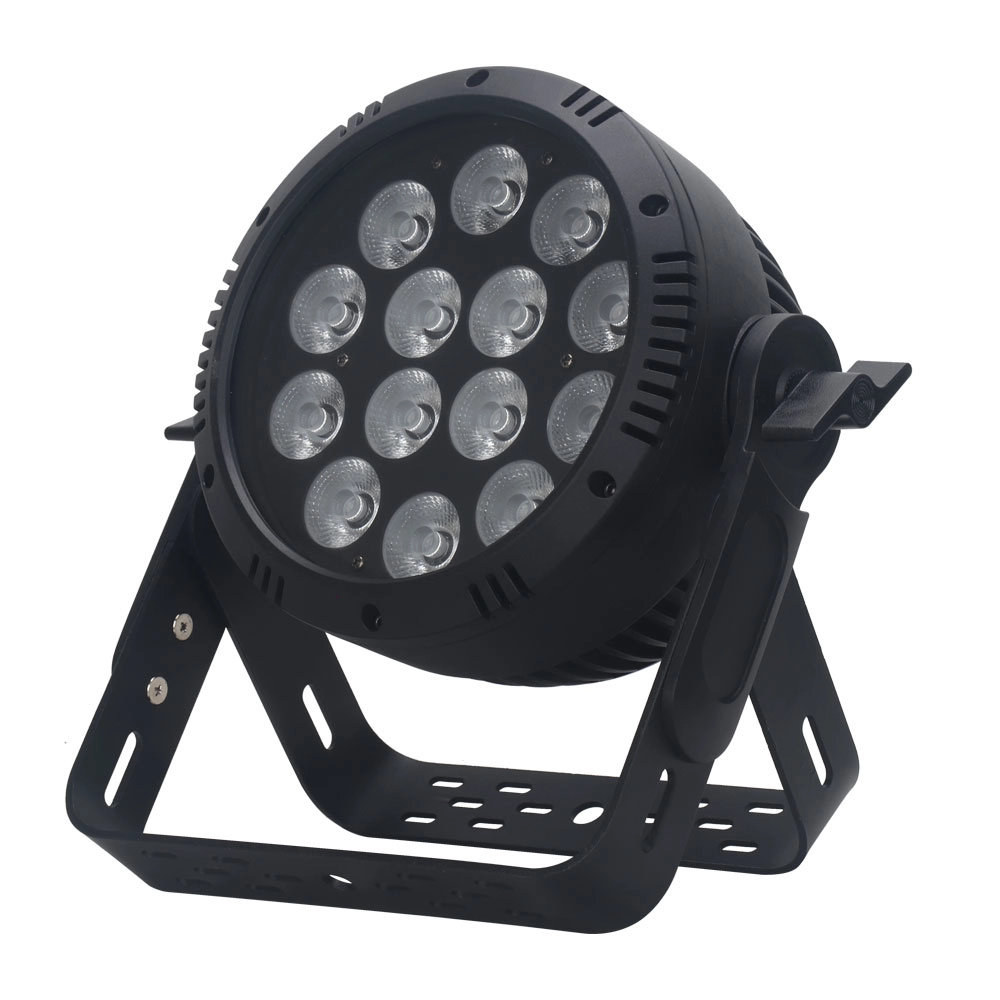What is a moving beam? | KIMU Guide
This article explains what a moving beam is, detailing various movement mechanisms (scanning mirrors, galvanometers), applications (laser scanning, cutting, marking), and common challenges like beam jitter. It provides essential knowledge for professionals working with lasers and optical systems. Gain a practical understanding of moving beams and improve your expertise.
What is a Moving Beam?
Understanding moving beams is crucial for professionals working with laser systems, optical instruments, and various industrial applications. This article clarifies the concept, addressing common challenges and providing a practical understanding of their characteristics and applications.
Defining a Moving Beam
A moving beam, in its simplest form, refers to a directed beam of energy (typically light, but also applicable to other forms of electromagnetic radiation or even particle beams) that changes its position over time. This movement can be controlled and precisely directed, or it might be less predictable, depending on the application. The key characteristic is the dynamic nature of the beam's spatial location. This contrasts with a stationary beam, which remains fixed in a single location.
Types of Moving Beams and Their Movement Mechanisms
Several factors influence how a moving beam operates. These include the method of beam steering, the speed of movement, and the beam's overall path.
Mechanism Types:
Scanning Mirrors: These are commonly used to deflect the beam, providing rapid and precise movement. The accuracy of the scan depends on the quality of the mirror and the control system.
Galvanometers: High-speed, precise galvanometers are frequently employed for controlling moving beams in applications like laser engraving or laser scanning.
Rotating Mirrors: Offer a simpler mechanism but may be less precise for demanding applications.
Actuators: Linear or rotational actuators can be used for larger-scale beam movement.
Applications of Moving Beams
Moving beams find extensive use across a wide range of industries:
Laser Scanning: Used extensively in medical imaging, 3D scanning, and barcode readers.
Laser Marking/Engraving: Precise beam control is paramount for high-quality results.
Laser Cutting: Moving beams accurately cut materials with high precision.
Optical Communications: Beam steering is crucial in free-space optical communication.
Laser Material Processing: This includes welding, drilling, and surface treatment applications.
Challenges in Working with Moving Beams
Precision, speed, and stability are key considerations. Issues include:
Beam Jitter: Unwanted movement can lead to inaccurate results.
Beam Divergence: The beam spreading over distance needs compensation for optimal performance.
Synchronization: Precise timing is essential for many applications.
Conclusion
Understanding the principles and applications of moving beams is vital for professionals in various fields. By appreciating the different mechanisms and associated challenges, practitioners can optimize their use and ensure accurate, reliable performance in their respective applications.
Recommended for you
What is the difference between spot and beam moving head lights? | KIMU Guide
how to make a moving head light | KIMU Guide

KIMU Illuminates Guangzhou Lighting & Sound Exhibition 2024

Explore the KIMU Factory: A Glimpse into Professional Stage Lighting Production
how to build a moving head light | KIMU Guide

KIMU Ignites Team Motivation with Intense Performance-Based Internal Competition
Send your design, idea, and clear picture.
1. All products and flight cases can be printed with custom logos.
2. A moving head light can make a custom glass pattern.
Of course, our company is located in the A3 building, Gaopu Industry Zone, Baiyun District, Guangzhou, China.
Welcome to visit our factory!
KIMU was established in 2016.
get in touch
To reach out to us, simply fill out the form below with your name, email address, and message detailing your requirements or questions.
Our dedicated team of lighting experts is committed to providing timely and personalized responses to ensure your satisfaction.
You may also like

Introducing the KIMU 5in1 Sparkling Laser Light LED Disco Ball, your go-to for ultimate stage effect lighting. This versatile device combines a strobe light, RGBW LED, and Bluetooth speaker, ensuring an unforgettable experience. With remote control, customize every moment effortlessly.






Introducing the KIMU Magic Dj Disco Ball, a revolutionary 3in1 LED moving head stage light. Featuring 16 pieces of 3W strobe beam lasers, this robust light transforms any event with its dynamic effects. Perfect for parties and professional events, it elevates the atmosphere effortlessly.

Illuminate your events with KIMU's 9X4W LED Wall Wash Light RGBW 4in1 DMX Dj Disco Bar Stage Light. Ideal for vibrant parties and professional settings, our LED bar light offers dynamic color options.

Elevate your event lighting with KIMU's 1000W LED 3in1 RGB DJ Disco Strobe Light. Perfect for bands and stages, this color-changing marvel is designed to enhance any performance with vibrant lights.

Illuminate your events with the KIMU 7LED RGBW Par LED Light. Ideal for weddings, discos, and DJ sets.this LED par light comes with a convenient travel bag for hassle-free transport. Elevate your stage lighting experience with KIMU.

Experience precision lighting with KIMU's 150W LED Spot Moving Head Light. Featuring 3 prisms and a wide beam angle, it offers 7 vibrant colors and 8 dynamic patterns, making it ideal for versatile stage and event lighting.

© 2024 KIMU ALL RIGHTS RESERVED. Designed by gooeyun


Instagram
Facebook
KIMU LIGHTING